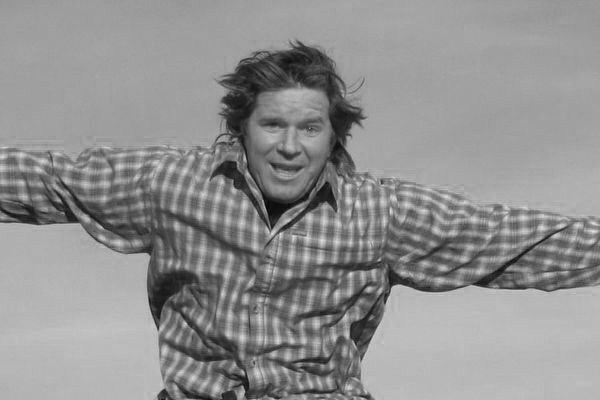
 Fred Williams
Brand Manager, Petersen’s 4Wheel & Off Road
Fred Williams
Brand Manager, Petersen’s 4Wheel & Off Road
Since the day the first production 4x4 rolled off the assembly line, gearheads like us have thought we could do it better. In fact, we can only imagine the young GI back in World War II telling his buddies how much better his jeep would be for battling Nazis with a V-8 under the hood. No matter how well the OEMs do, we’ll always want more power. Engine swaps are an innate part of our genetics. Sometimes we want more power, or maybe we just want more reliable power and torque. Off-roaders, like our hot rod brethren, are notorious for “taking a perfectly good vehicle and messing it up,” if you ask an OEM engineer. We think of it is making it better.

So frustrating you’ll end up selling your project truck
Swapping an engine into your 4x4 shouldn’t be taken lightly by the newbie four-wheeler. It’s not an afterschool project that you’ll have done before Mom calls you in for dinner. It can go smoothly, but it can also be so frustrating you’ll end up selling your project truck undone and in disgust. Trust us: We’ve seen it many times. In fact, it often leads to a very cheap project truck for the next guy.
On the other hand, there is a lot of aftermarket support for those of you looking for something better or just different under the hood of your wheeler. There are tired and true recipes, of course, but nowadays with the Internet there are also opportunities to try more oddball swaps because you can usually track someone down online doing the same thing to share ideas with.
We’ve thrown together some pointers, products, and info as a basic starter for engine swaps, but as basic as this is, we’ll bring you even more in part two next month. Remember, the more you research before you start, the more likely you’ll get that new engine in before Mom calls for dinner.
PhotosView SlideshowBummer Repair
We had an exhaust manifold bolt that broke off while we were removing the exhaust manifold. Luckily a good portion of the bolt is still sticking out of the head. First we welded a nut to the end of the bolt. While it was still warm, we sprayed the bolt with penetrating oil and then backed it out with a wrench. We’ve seen this happen on many used engines.
Engine Swap Rules
These may seem pessimistic, but in fact they’re realistic.
1. Just because you have an engine doesn’t mean it’s a good engine swap candidate.
2. The Rule of 2: It will cost twice as much, take twice as long, and require twice the radiator to cool it.
3. Just because you have a good-running foreign engine doesn’t mean it’s right to put it in an American-made 4x4. Yes, it has been done. Yes, they run great. But it’s just wrong. Ask any old guy.
4. A Jeep 4.0L is a great engine in whatever it came in, but not good enough to swap into something else (not even a four-cylinder Wrangler).
5. If the vehicle you are building is already available from a manufacturer, just sell your project and buy one. It’ll be cheaper. (This also goes for 2x4-to-4x4 swaps.) For example, see Rule 4.
6. You will need custom exhaust to make it work and fit well in the framerails.
7. Before you remove the old engine, take pictures and mark every wire and hose.
8. Don’t be scared of fuel injection if the engine you are swapping in has aftermarket wiring harnesses available (e.g., TBI GM, 5.0L Ford, LS series GM). But be afraid of trying to make a junkyard fuel-injected engine run with the original wiring harness—it’s like sorting spaghetti.
9. Oil pans can cause problems with front axles. Driveshafts can cause problems with starters. Keep this in mind before welding in motor mounts.
10. Swapping to a diesel engine will cost more than you will ever save by the fuel economy of driving a diesel engine. It’s cool but not necessarily economical.
11. GM V-8 swaps are boring, but there is a reason everyone does it. The cool unusual engines are expensive to install, fix, and keep running. And love them or hate them, GM Gen III and IV LS V-8s are great engines for four-wheeling.














